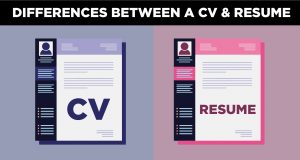 Are you curious about the world, a critical thinker, and innovative with problem solving? Consider joining the STEM Career Community! Our community focuses broadly on utilizing technology, research, data, and mathematics to solve complex problems, develop and explore new ideas, and innovate to make the world a better place. These careers can include biologists, chemists, geologists, physicists, mathematicians, engineers, computer programmers, data scientists, environmental scientists, and more!
Are you curious about the world, a critical thinker, and innovative with problem solving? Consider joining the STEM Career Community! Our community focuses broadly on utilizing technology, research, data, and mathematics to solve complex problems, develop and explore new ideas, and innovate to make the world a better place. These careers can include biologists, chemists, geologists, physicists, mathematicians, engineers, computer programmers, data scientists, environmental scientists, and more!
| STEM Offers So Many Opportunities – Here Are Just a Few! | ||
| Database Manager | Wildlife Biologist | Computer Programming |
| Environmental Scientist | Artificial Intelligence Consultant | Information Management Specialist |
| Conservation Monitor | Naturalist | Nature Educator |
| Web Developer | Cyber Security Consultant | Physical Chemist |
| Environmental Engineer | Zoologist | Biostatistics Expert |
| Nuclear Engineer | Actuary | Meteorologist |















